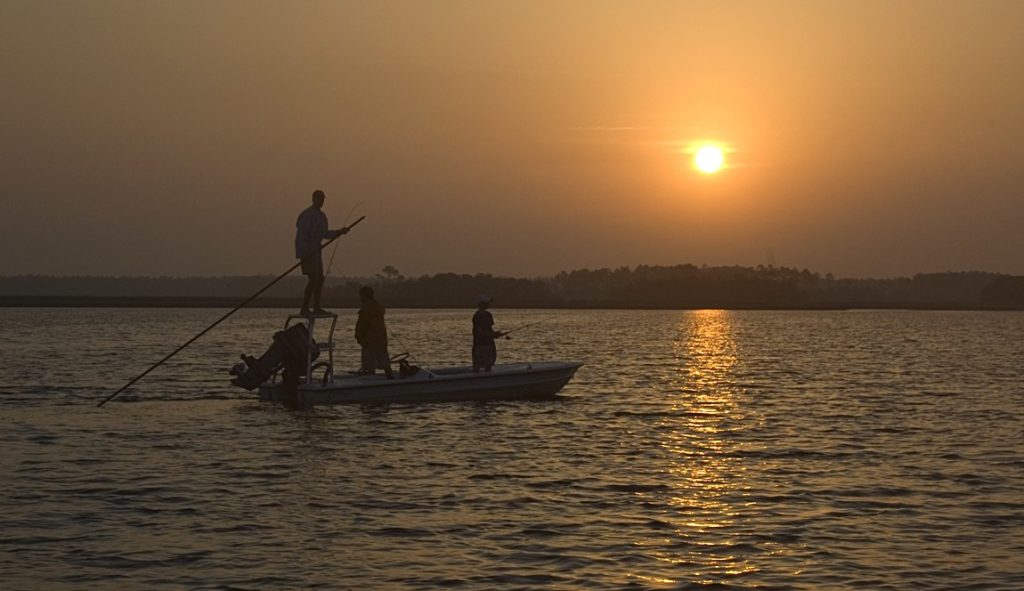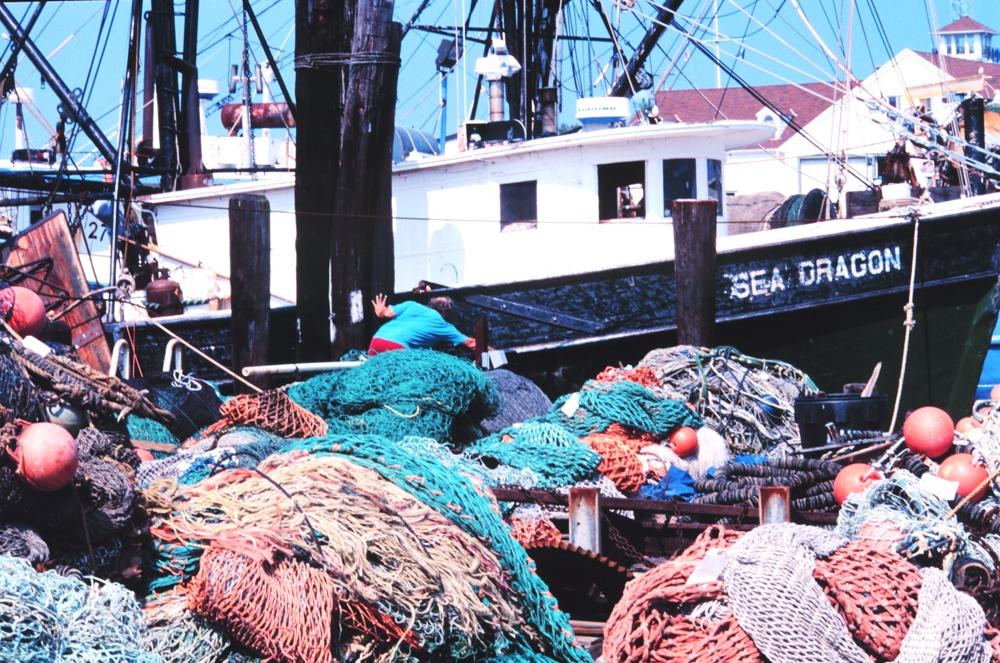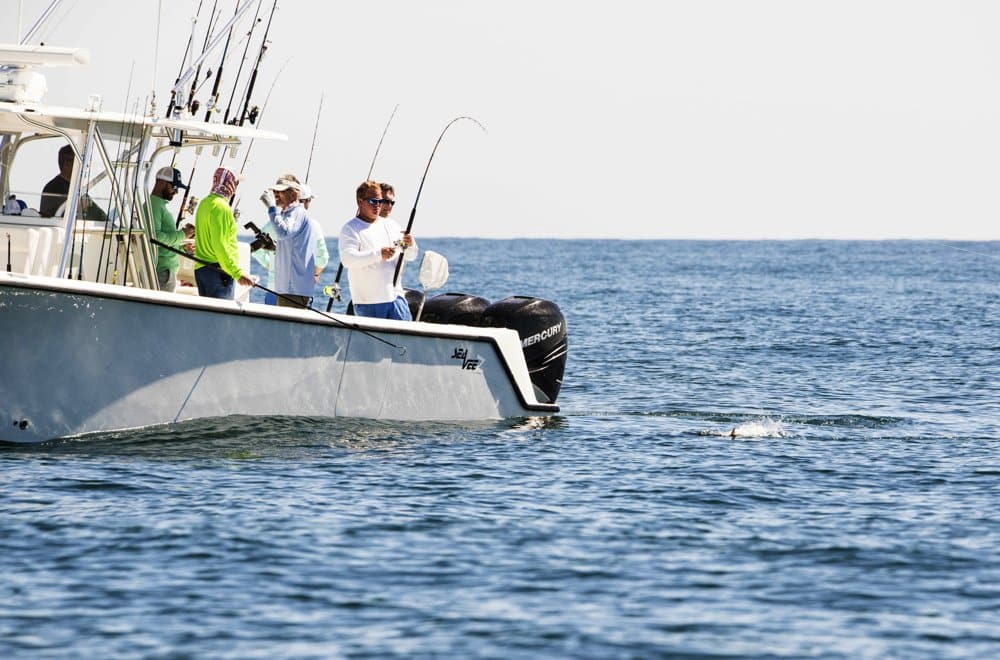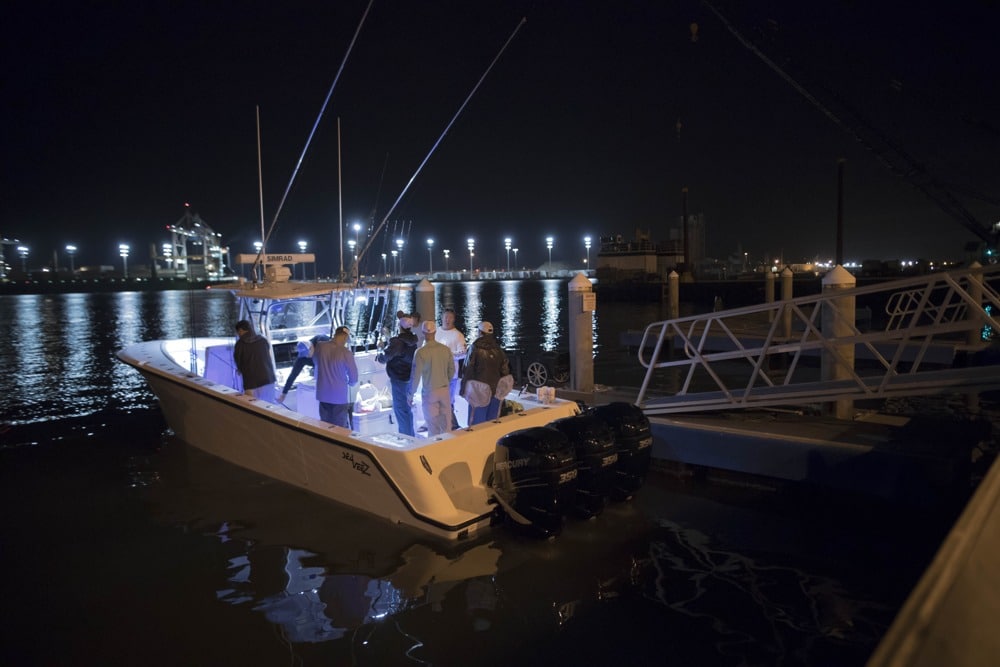Federal marine fisheries management is not a topic that’s frequently in the public light. However, in the buildup to the U.S. House of Representatives’ vote on H.R. 200 — a bill to reauthorize the nation’s primary law governing offshore fisheries — the topic received way more media attention than usual, for better or worse.

Competing narratives arose: that the bill was either a reasonable set of changes to improve fishing opportunities, or would wipe the oceans clean of fish entirely. What’s the average angler — who cares about conservation but also wants reasonable fishing access — to believe?
Leading up to the vote, many environmental groups expended a tremendous amount of effort and resources in drumming up opposition to H.R. 200. Some even dubbed it the “Empty Oceans Act.” Meanwhile, most commercial and recreational fishing organizations acknowledged that the bill wasn’t perfect (no legislation is, certainly not something so complicated and with competing interests such as this), but supported it on the whole because it included provisions of importance to each constituency.
For example, the nation’s leading recreational fishing organizations supported H.R. 200 because it included provisions of a separate recreational fishing-specific bill, the bipartisan Modernizing Recreational Fisheries Management Act (Modern Fish Act).

Why Mess with Success?
Opponents of H.R. 200 noted that overfishing is at an all-time low, and questioned why Congress would want to muck around with a law that’s working. No one can argue that the Magnuson-Stevens Act, the law that H.R. 200 would reauthorize, hasn’t been effective at ending overfishing and rebuilding depleted fish stocks. Indeed, earlier this year, NOAA Fisheries released a report showing that the number of overfished stocks in the U.S. has reached an all-time low.
The problem for the recreational fishing community is that, in many cases, increased fish abundance of federal fisheries hasn’t necessarily led to increased fishing opportunities. While I believe that anglers support conservation because of an inherent appreciation for aquatic resources, we also have historically benefitted from our conservation ethic because more fish generally equals more and better fishing.
Somehow, that simple formula has fallen apart in federal marine fisheries management. That’s largely because the Magnuson-Stevens Act was designed to manage commercial fishing, not recreational fishing. Unlike the most prominent commercial fisheries in places like Alaska and New England, in most recreational fisheries, federal fisheries managers lack the data needed to meet the prescriptive management targets required by law.
Lack of Data to Achieve Goals
The core of the Magnuson-Stevens Act is the requirement of annual catch limits and accountability measures in federal fisheries to end and prevent overfishing. If catch of a stock is approaching or exceeding its annual catch limit, fishery managers use accountability measures to ensure the limit is not exceeded or correct for any overage.
That’s all well and good when sufficient data exists to both calculate the annual catch limit based on current stock abundance, and to estimate how many fish are being caught relative to the catch limit.

Of the over 500 federally managed fisheries, on average, only 185 are assessed each year to develop scientific information needed to determine the current status of the stock. In the southeastern U.S., this discrepancy is even greater. The South Atlantic Fishery Management Council is in charge of 75 different stocks, and the Gulf of Mexico Fishery Management Council is tasked with 44. However, only about seven stock assessments are conducted annually between the two regions combined.
Despite lacking accurate and up-to-date information on the health of these fisheries, federal fisheries managers must still somehow arrive at annual catch limits for each of them.
The system for estimating how many fish anglers are catching in order to adhere to catch limits also has significant limitations. To date, saltwater recreational fishing harvest estimates have been based on a survey of coastal household landlines. That means someone like me, who doesn’t live in a coastal county or have a landline but goes saltwater fishing (albeit not as often as I’d like), was never going to be surveyed.
Obviously, this survey has some serious limitations. This system is now transitioning toward sending surveys by snail mail, which is a modest improvement but not exactly a major technological advance in the age of smartphones. Unfortunately, significant limitations in the timeliness and accuracy of angler harvest estimates will persist.
Because of the scientific and management uncertainty inherent in trying to calculate and manage toward a hard, poundage-based catch limit based on limited biological and harvest data, and because the Magnuson-Stevens Act is very explicit about preventing overfishing, precaution is built into catch limits. The worse the data, the more precaution that’s built in. Not only does this mean lost fishing opportunities when actual stock abundance is greater than what was used to estimate the outdated catch limit, it also means managers may in some cases not be accounting for declines in abundance that could warrant tighter regulations.
Given the economic, social and conservation importance of recreational fishing to the nation, as well as the importance of maintaining healthy fish populations, prescriptively managing this activity on guesswork is not a recipe for success.

How Do We Fix It?
The Modern Fish Act, which was included in H.R. 200, includes a variety of management and data collection improvements aimed at narrowing the gap between what the Magnuson-Stevens Act requires and how well fisheries data can meet those requirements. The bill will allow for alternative management approaches to the way annual catch limits have been implemented that are better suited to the nature of recreational fishing and available data, while still preventing overfishing.
These approaches are already being explored in fisheries like summer flounder in the Mid-Atlantic and red snapper in the South Atlantic, and the bill will clarify that they are allowed under federal law.
The Modern Fish Act also aims to improve fisheries data to better meet the requirements of the Magnuson-Stevens Act by facilitating the development and use of new, innovative angler harvest surveys that can supplement and improve existing surveys.
The goal of the Modern Fish Act is to address the significant gap that currently exists between the rigidity of management targets and the lack of quality data to meet them, by working the issue from both ends. It will provide fisheries managers with the tools needed to manage recreational fishing in a way that better aligns with what anglers are experiencing on the water, while also bringing angler harvest data into the 21st century.

Where Do We Go From Here?
Amending the Magnuson-Stevens Act in a way that helps to address the problems with recreational fisheries management without creating new problems elsewhere, particularly rolling back on conservation gains, is a tough balance to strike. These issues are not simple or easy. It’s unfair and inaccurate to characterize attempts to address the very legitimate problems with how the Magnuson-Stevens Act manages recreational fishing as “anti-conservation.”
The provisions of the Modern Fish Act are thoughtful, sensible and grounded in conservation. Unfortunately, in these hyper-political times, even these modest legislative improvements are being swept up into the partisanship and tribalism that is pervasive in our political discourse.
Like much of what comes before the U.S. House of Representatives these days, H.R. 200 passed on mostly partisan lines. In the coming months, the Senate will likely take a run at its own Magnuson-Stevens Act reauthorization bill. The recreational fishing community will be exploring opportunities through Magnuson-Stevens Act reauthorization, or whatever other options are available, to move the provisions contained in the Modern Fish Act.
In the meantime, hopefully the spotlight that has been shone on the Magnuson-Stevens Act leads to a collective realization that while the Act looks pretty good overall, it’s far from perfect. It has some wrinkles we still need to iron out.
*Mike Leonard is the conservation director for the American Sportfishing Association, where he advocates for policies that benefit fisheries management, conservation, and angler access.








